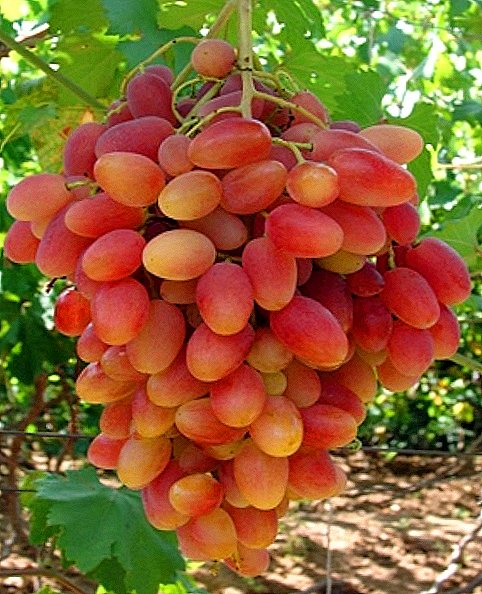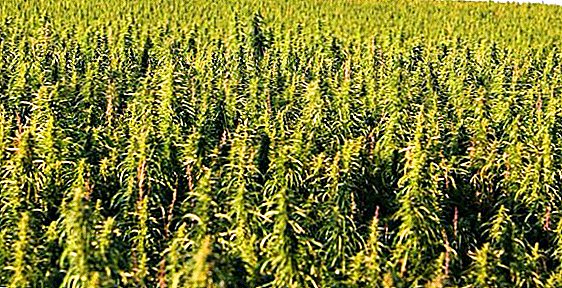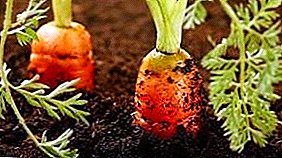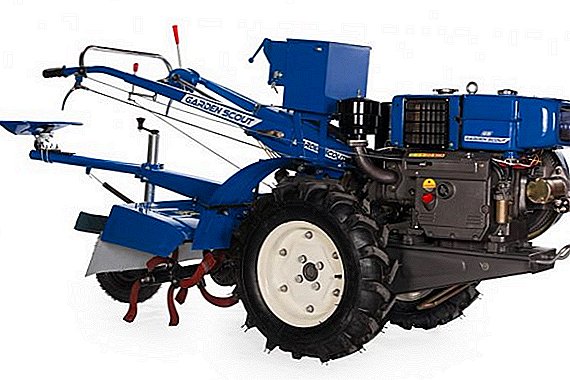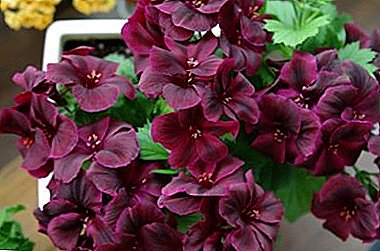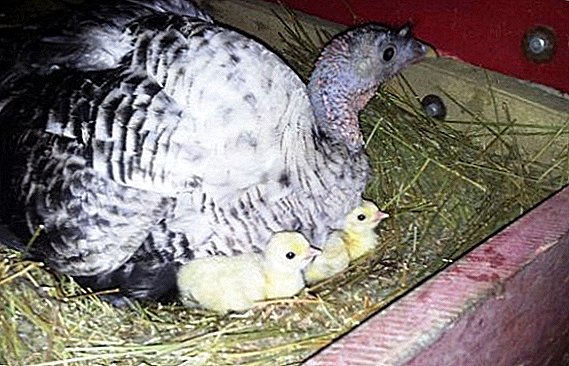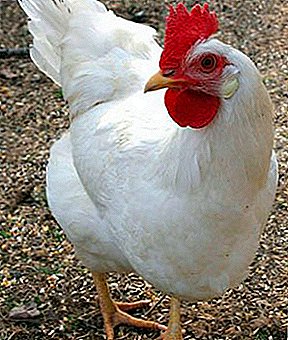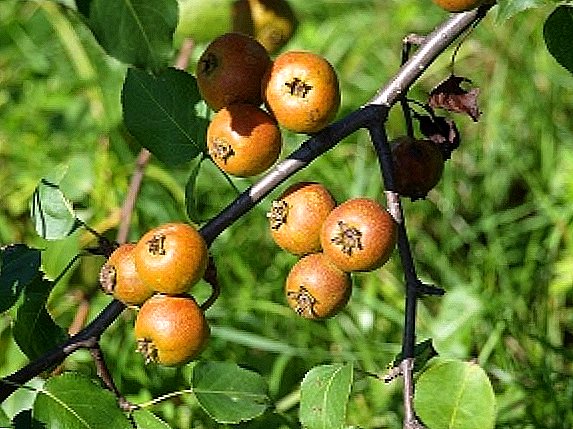
Today, any person who wants to create his own garden does not require special knowledge and skills.
After all, with proper care, almost all representatives of garden crops produce a good and stable crop.
Many different types of fruit trees can grow in our climate.
Even such a "northern" representative as the Ussuri pear is able to take root in our gardens.
Let us consider in more detail this variety of pears.
Variety description
Decorative variety pears The creator is the Russian botanist Karl Maksimovich, who bred this variety in 1857. The tree is quite high (10-15 m) with a thick, broad crown in the shape of a pyramid. This variety has a moderate growth rate. There are also spines on the tree.
The leaves are glossy, green in color from above, matte and bright from below. A special feature of the Ussuri pear is the pronounced smell of flowers.
Fruit 3-5 cm in diameter, have an elongated shape, ripening ends in the period from late August to early September. The peel can be both green and yellow, sometimes there is a red spot on the side. The flesh of such pears, though sweet, but tart, with stone cells, is white or yellow. You can ensure the disappearance of these stone cells, there is to give the fruit to ripen. Then the pear will become softer and more palatable.
Ussuri pear characteristic of diversity, that is, variability in size, color and taste of the fruit. Therefore, each seedling of this variety can be the first representative of a new variety of pears. Based on this fact, the Ussuri pear is actively used by gardeners for breeding.
Virtues
- drought resistance
- lack of soil requirements
- Ussuriyskaya pear is the most frost-resistant variety
variability varieties
disadvantages
- the first crop can be harvested 10-20 years after planting
It is also interesting to read about late varieties of pears.
Landing features
For planting Ussuri pear need a good soil with a high degree of permeability to water. This grade impossible to grow in swampy soil. The pear does not like places that the wind has access to. For planting is suitable both in spring and autumn. When planting in the spring pit for future pears must be done in advance, that is, in the fall. If you plant trees in the fall, you need to prepare the place for 3-4 weeks.
The pit should be 1-1.5 m in diameter and 70-80 cm deep. Before landing fertilizers should be applied to the ground - 1 kg of wood ash, 1.5 kg of lime. Nitrogen should be made only in the spring. Sapling placed in a pit, covered with earth. Next, next to him is deeply driven in a stake that will happen to support. Despite the fact that the Ussuri pear is drought-resistant, it needs moisture immediately after planting.
Therefore, each seedling should be watered with a calculation of 2-3 buckets on the tree. The Ussuri pear is a self-infertile plant, therefore this variety requires the pollen of another tree for pollination.
Care
1) Watering
A pear is a plant that loves water very much, therefore it is necessary to water trees and seedlings regularly in spring and summer. Sprinkling is considered the best option for irrigation. Through such irrigation, the roots of pear trees most effectively receive water. You can dig a circular ditch with a depth of 10-15 cm around each tree and pour water there. When the temperature rises, the amount of watering should be increased.
2) Mulching

Mulching pears best organic materials, such as straw, grass, fallen leaves. The first mulching is necessary when planting, then in the fall. Mulch becomes not only protection from various weeds and harmful plants, but also the initial basis for tree growth.
3) Shelter
Any gardener knows that sheltering trees for the winter is a must-have procedure. Ussuri pear trees, although the most frost-resistant, need shelter. You can shelter the lower part of the trunk with reeds or paper, and in the presence of snow you need to make a mound around the tree.
4) Pruning
During the first year of its growth, the pear does not need spring pruning. Already the young tree should remove part of the center conductor, and the side branches should be cut to the level of the kidneys. Next time you also need to shorten the center conductor. In addition, the side branches are shortened to create the correct shape of the crown, that is, the upper branches must be shorter than the lower ones. Shortening can be made on 4-7 cm.
5) Fertilizer
Pear need potassium, phosphorus, nitrogen and, of course, organic fertilizers. Therefore, once in 4-5 years, 20-25 kg of humus are added, in which 0.5 kg of superphosphate, 0.5-0.8 kg of potassium chloride and 1 kg of limestone are added. Fertilizers need to be in a ditch, the diameter of which coincides with the diameter of the crown. Nitrogen fertilizers should be applied once a year before flowering.
6)Protection
Ussuri pear trees can be damaged by gall mites, hemp and rust.
The pear gall mite survives the winter in the buds of the pear, where it lays its eggs in the spring. His food is tree sap. An indicator of the presence of this parasite is the appearance of blisters (galls) on the leaves of the plant. To effectively deal with this pest, it is necessary to spray infected foliage with a solution of colloidal sulfur (100 g per 10 liters of water) during bud break, at the end of flowering and in July-August.
A pear sucker also overwinters pears in the buds and feeds on sap. If gray balls are visible on the leaves (“copper dew”), then before blooming the kidneys, the plants should be treated with solutions of preparations of oleocuprit, nitrafen, karbofos (90 g per 10 l of water), kemifos (10 ml per 10 l of water), etc.
Pear rust is a fungal disease and manifests as red, increasing spots on the upper side of the leaf. Surprisingly, the spores of this fungus spread from the juniper, so you need to plant around the site, which would protect the pears from spores.


